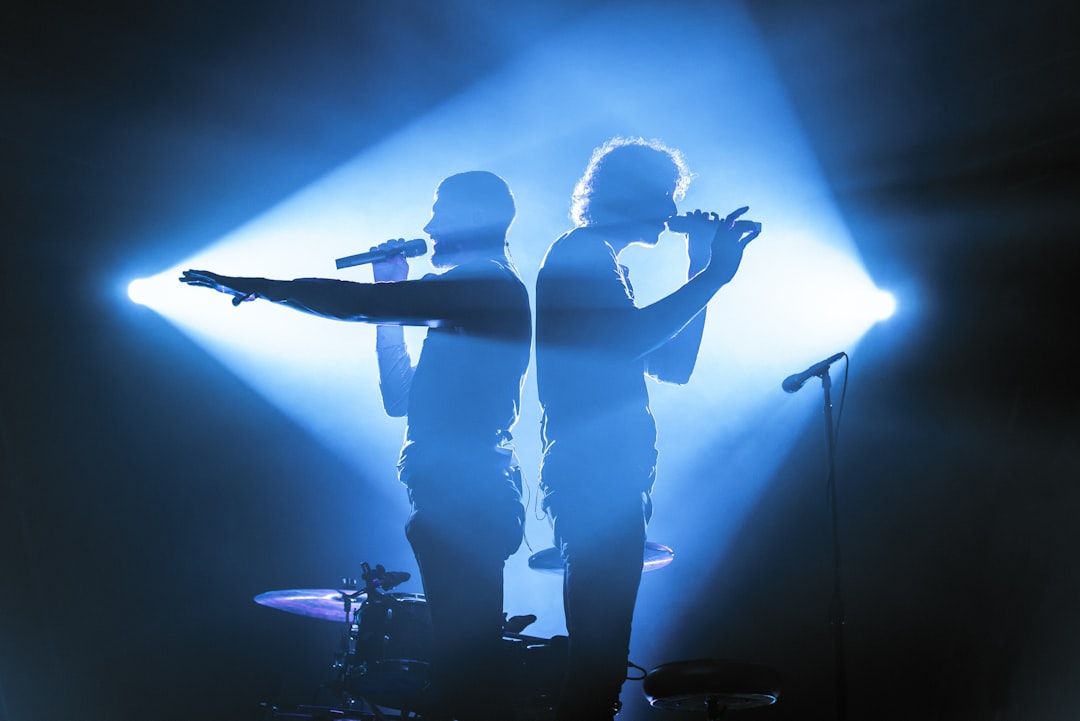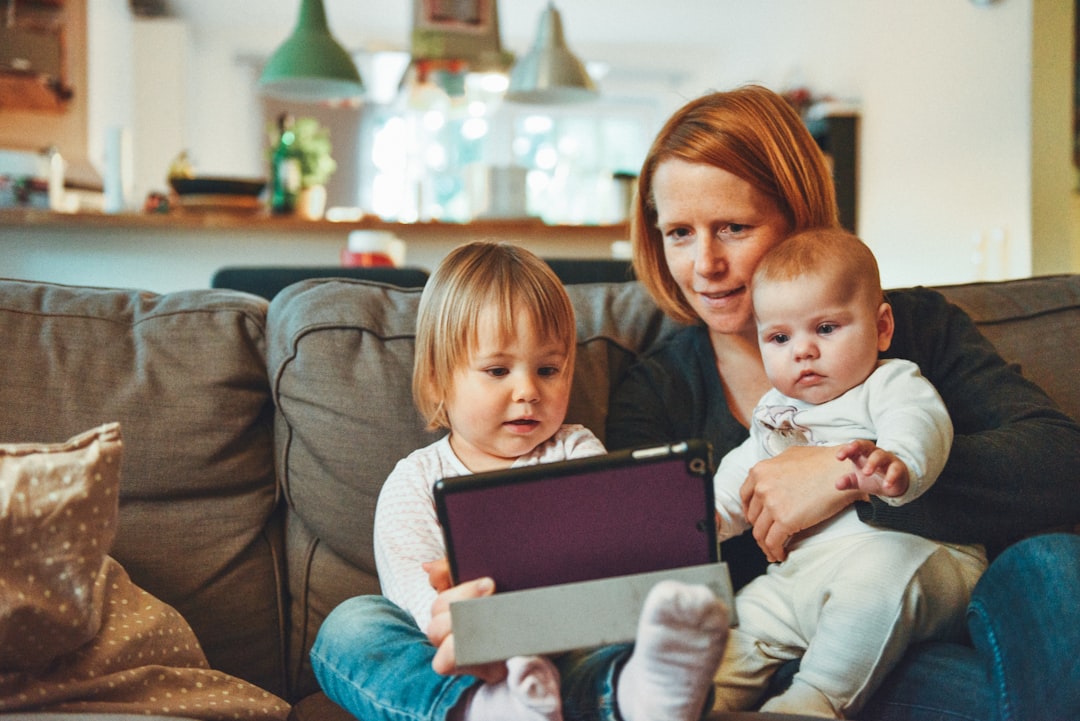What is it about?
It is surprising that the practices, processes and production of intercorporeality and ‘doing together’ remain under-explored from a sociological perspective. The ongoing achievement of ‘togethering’ can be particularly important for the embodied partnership between a visually impaired (VI) runner and a sighted guide (SG) runner. Here we explore running-together by VI runners and sighted guides, focusing on the auditory dimension. To illustrate how these runners put the sense of hearing ‘to work’ in achieving finely attuned intercorporeality, often at considerable speed, we draw on qualitative data from a research project on VI running in the UK, involving five VI runners and five SGs. We focus on auditory attunement in two domains identified as highly salient in the running-partners’ intercorporeal experiences: (1) Listening out – auditory attention to non-linguistic sounds; and (2) Tuning in – the importance of attending to team-talk between VI runners and SG runners.
Featured Image

Photo by Miguel A Amutio on Unsplash
Why is it important?
Our findings demonstrate the role of auditory senses and sense-making in VI running, in contributing to the production of enjoyable and safe running-together. Not only is this of importance in its theoretical contribution, but also in practice, in extending understanding about the barriers to social (and physical) inclusion of VI people in sports and physical cultures more widely.
Read the Original
This page is a summary of: Intercorporeality in visually impaired running-together: Auditory attunement and somatic empathy, The Sociological Review, March 2023, SAGE Publications,
DOI: 10.1177/00380261231163431.
You can read the full text:
Contributors
The following have contributed to this page










